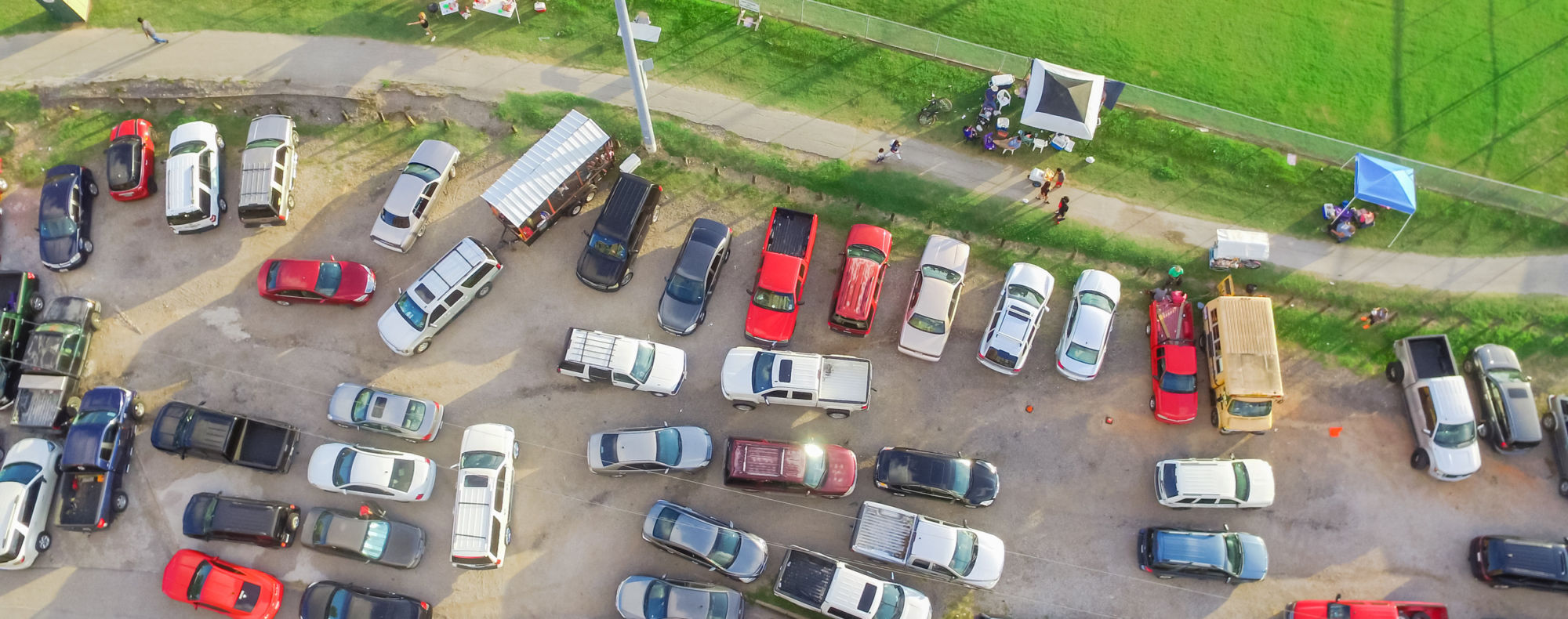Owning a parking lot is a lucrative venture these days, though maintaining it is often easier said than done. For it to be a success, the two key things any owner must acknowledge is that it is all about having it appropriately designed and having it located in a suitable location. Both of these concentrate on attracting the target market and ensuring that the place is well optimized and the operations in it for the long haul.
It is all about purpose and limitations. For example, a public parking place will find plenty of patrons if it is located within a commercial district. However, owners must keep in mind that not all lots can accommodate every vehicle type. Heavy ones such as trucks and buses do not tread the pavements as delicately as family cars. Their weight may not even be suited for the lot’s surface, as the stress they bring can cause severe damage, such as deep cracks and potholes. Vehicles like these require thick pavements and wide spaces, which is something to consider if you own a large parking lot.
Specific lots, on the other hand, are much easier to decide for because they only have a particular target market in mind. Case in point are places with high turnover rates such as restaurants and banks simply require adequate parking spaces. Meanwhile, larger stores like mini-malls and supermarkets have a higher, albeit slower turnover rate and often requires allotted areas for delivery trucks. The maintenance varies from place to place. Usually, the larger the business, the more expensive it is to care for, especially in busy industries.
Some of the other things you need to consider for your parking lots:
● Accessibility for handicapped civilians.
● Compromising with inclined slopes and if this will affect civilian drivers and delivery trucks alike.
● Wheel-stop barriers.
● Proper lighting and road markings to help drivers find the way.
● Suitable parking space size. In the Philippines, the appropriate space size is 2.4 meters (7.8 ft) by 5.00 meters (16.4 ft).
● Drainage and anti-flood features, especially for those who own lots that extend underground.
To ensure that the parking lot will operate smoothly in the future, it would be wise to ready a layout design for it. It will aid contractors in visualizing how you want it to look like upon completion. Plus, it will also help in exposing vulnerable areas such as choke points and narrow corners, both of which will inevitably cause traffic during busy days.
Designing a parking lot is not rocket science, but it all boils down to considering what design choices are the best for the expected parkers. The simpler it is, the better, and it is more likely that commercial establishments are the ones who have to deal with more complicated parking layouts.
![]()










